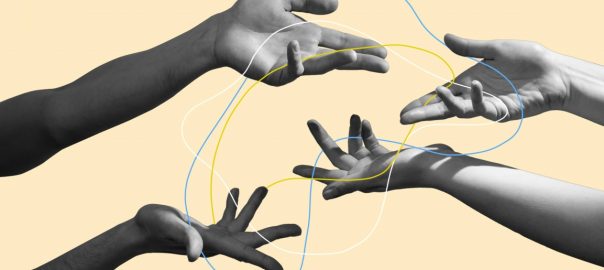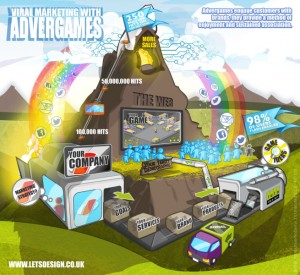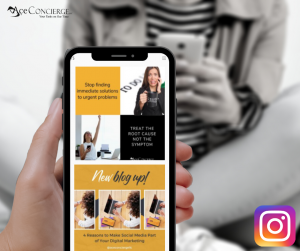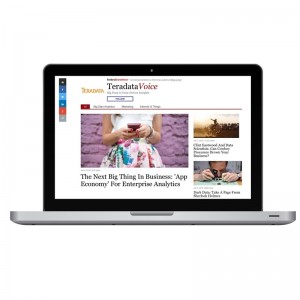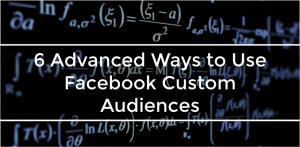By Jackie Ferguson and Roxanne Bellamy
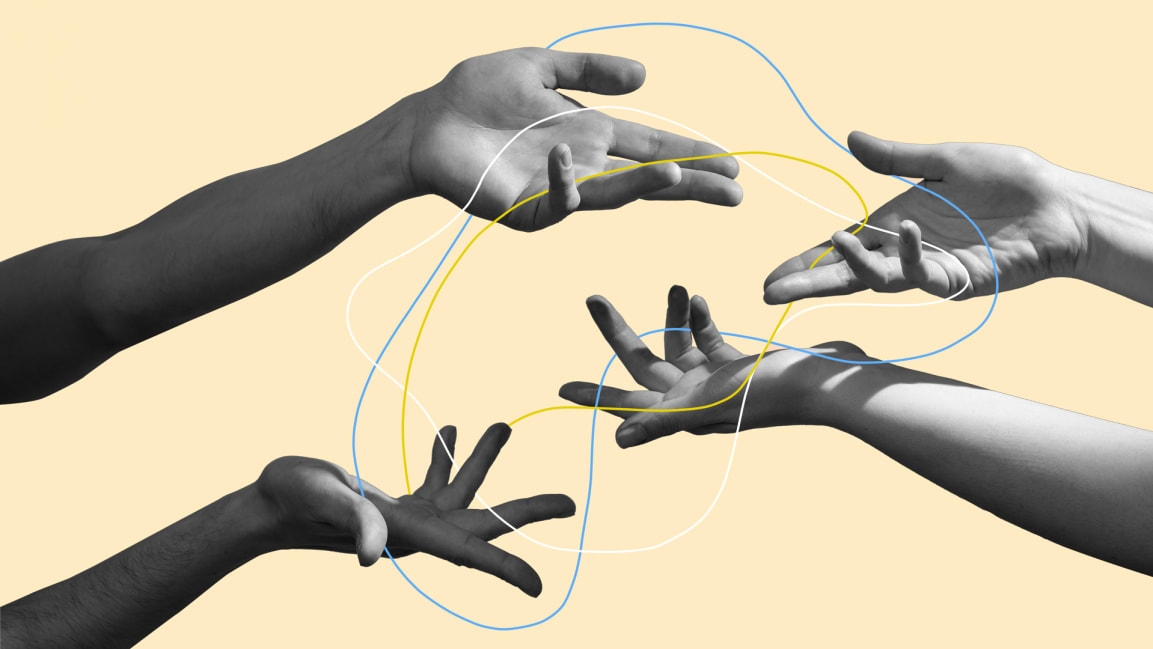
Even people who champion diversity and are knowledgeable about the topic can be nervous about choosing the correct words to describe various aspects of personal identity. This is especially true when interacting with people whose personal identities they have not often encountered. How should I address the chief marketing officer who identifies as a queer Black woman or the new administrative intern from Oman who uses a service animal at work? These moments put us face-to-face with our own insecurities, assumptions, and lack of awareness. They force us to reflect on our unconscious biases and linguistic habits.
To put it frankly, inclusive language doesn’t often come naturally, even for people who believe in and advocate for the value of diversity. Using intentional, inclusive language requires us to continually examine our unconscious biases and linguistic customs. Learning to do it well requires education, mindfulness, and repetition. Practice helps us to avoid reinforcing harmful language habits and assumptions that can damage our relationships. Putting in the effort is well worth the potential results.
Progress not perfection
Inclusive language, in its most fundamental form, focuses on understanding and embracing the humanity of communication. As you begin your inclusive language practice, remember that this is an ongoing journey with no finite destination. Learning to speak inclusively requires us to keep learning, practicing, and pushing ourselves toward personal growth.
You definitely won’t get everything right at first. You’ll hear yourself make mistakes. In those moments, especially as you think back about what you have learned from this handbook, you may feel embarrassed, frustrated, or discouraged. Remember that the first steps are always the hardest. Professional singers have vocal coaches and people across professions constantly need to upgrade or refresh their skills, so give yourself the space to learn without judgment.
Your increased sensitivity about language use is evidence that you are learning. It means you’re starting down the right path. What’s important is that you keep learning and trying. As long as you keep trying, you will make progress. Inclusive language is a lifelong practice—think of it as a kind of linguistic yoga. When you make a mistake, own it and apologize, correct it, then get back on track.
It’s also worth noting that changing your language habits can feel like hard work. It might make you defensive, nervous, ashamed, confused, or bring up other emotions. All of those feelings are common and okay. What’s important is that you take the first steps. Start learning and start practicing. Get comfortable being uncomfortable. Along the way, you will certainly make mistakes, but you will also find that people are forgiving when they know you are committed to being more inclusive.
Language is both a mirror and a force, constantly reflecting and influencing our actions, attitudes, and beliefs. That can be scary if you think that every word is a window to your unconscious bias, but each interaction can also be a window to your best intentions and personal growth.
If you build a diverse team and insist on inclusion, but then casually use insensitive terms that silently offend or discourage participation, you will have taken one step forward and two giant steps back. You know the risk of getting it wrong; this guide will show you how to get it right.
6 guidelines for inclusive language
Excerpted from The Inclusive Language Handbook: A Guide to Better Communication and Transformational Leadership by Jackie Ferguson and Roxanne Bellamy. Copyright 2022 by Jackie Ferguson and Roxanne Bellamy. All rights reserved.
Jackie Ferguson is head of content and programming at The Diversity Movement, known for its diversity, equity, and inclusion (DEI) programming that drives real-world business results. She leads the MicroVideos platform, 500+ right-sized videos designed for education in the flow of work. She hosts the podcast “Diversity: Beyond the Checkbox.”
Roxanne Bellamy is the managing editor at The Diversity Movement. She is an alumni of the University of North Carolina and Cambridge University.
(56)
Report Post